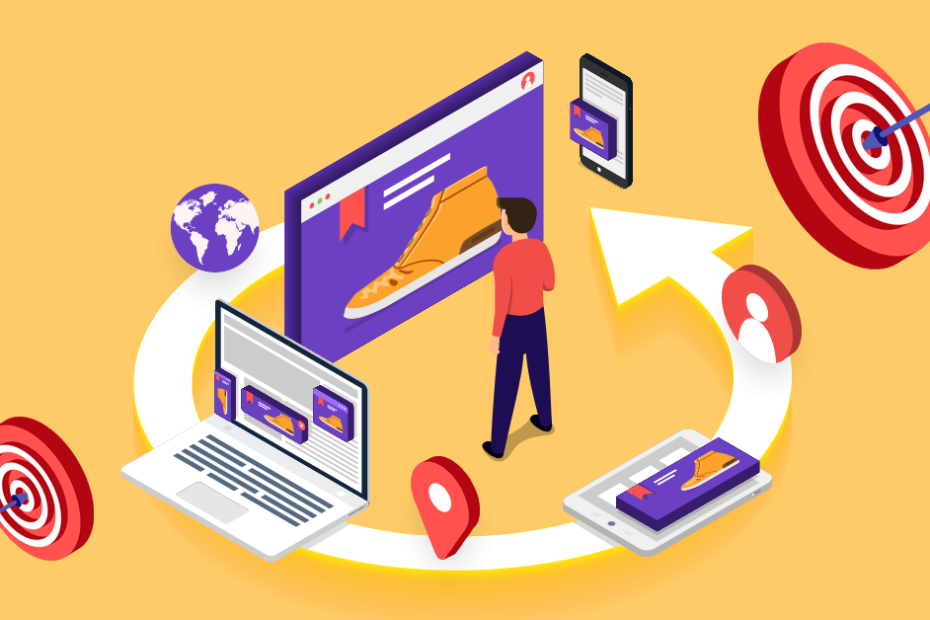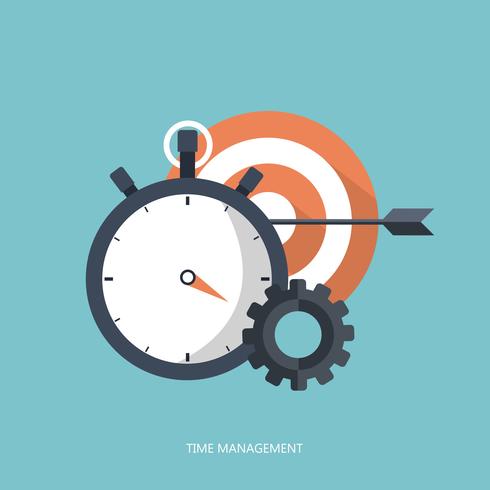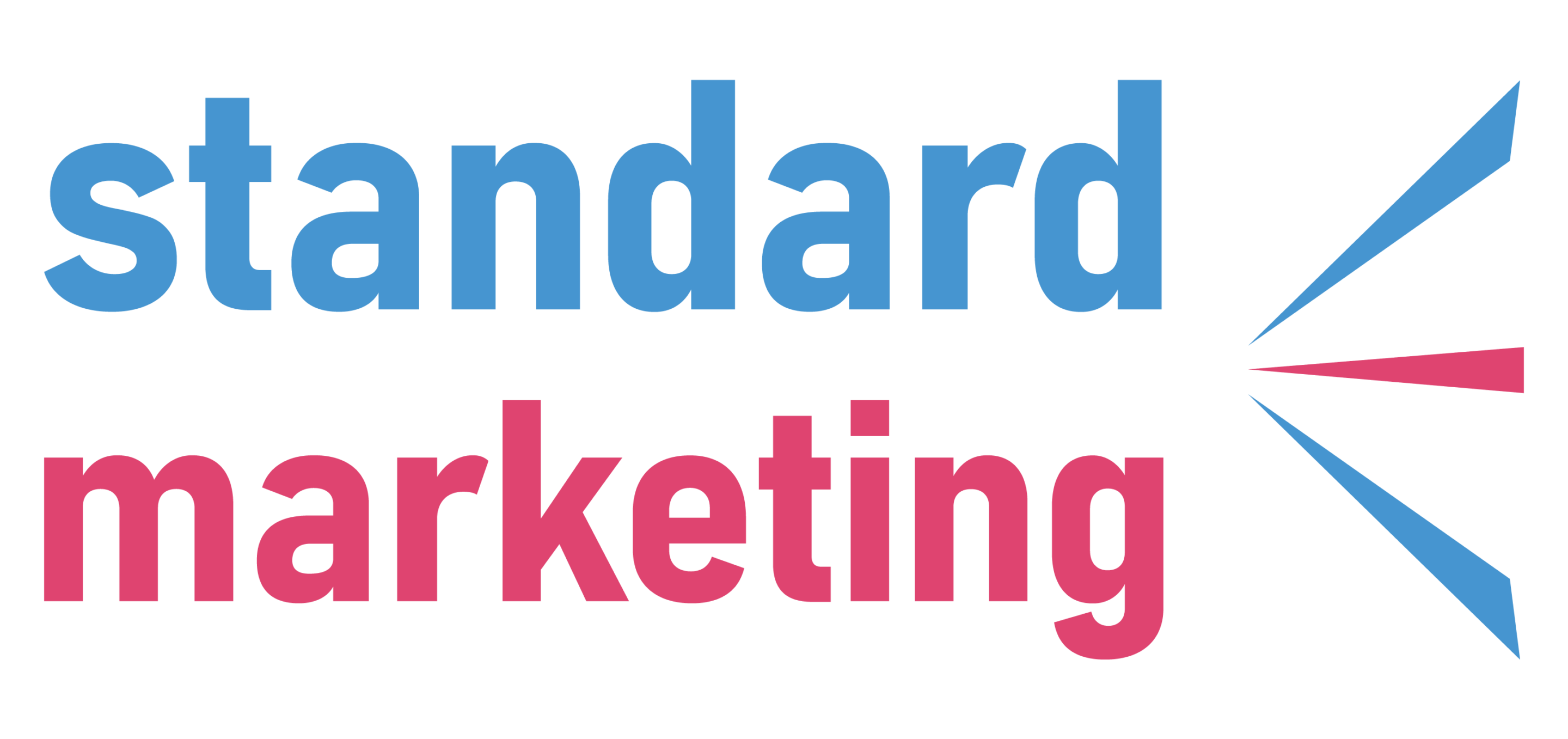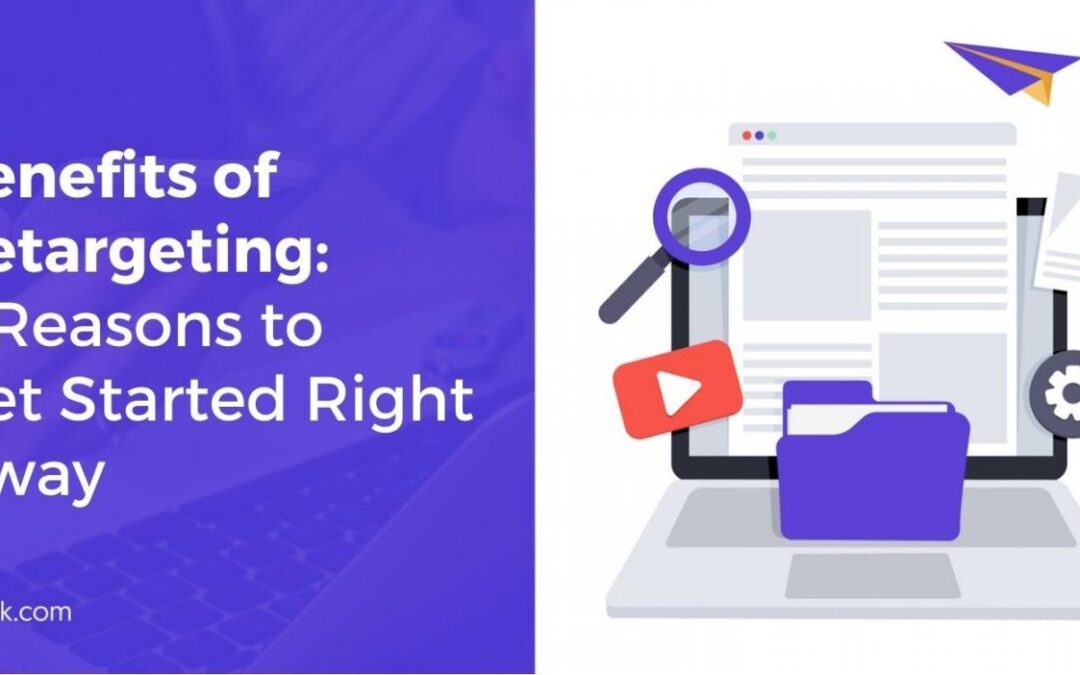Customer Retargeting: Timing is Crucial
Customer retargeting has become an essential tool in the digital marketing toolbox, helping businesses reconnect with potential customers who have shown interest in their products. However, the success of retargeting largely depends on timing. Too early, and it might annoy potential buyers; too late, and you could miss the opportunity altogether. Finding the sweet spot where you engage your customers when they’re most likely to convert is vital to making customer retargeting work.
With the right timing, businesses can remind potential customers about the products they viewed, re-engage them, and push them toward completing a purchase. For example, in the case of cart abandonment, sending an email reminder within 24 to 48 hours can drastically increase the chances of recovery. However, if you wait weeks before reaching out, the chances of conversion significantly drop.
In this article, I’ll share what I’ve learned about timing in customer retargeting campaigns and how businesses can maximize their efforts by adjusting their strategy and using data to engage at the right moments.
Why Retargeting Timing Matters Most
Retargeting works because it targets an audience that’s already shown some level of interest in your product. They’ve visited your site, added items to their cart, or browsed your services. But for retargeting to be effective, timing is everything. Let’s dive into why this is the case.
When you retarget a customer too soon, they may still be in the decision-making process and need more time to be ready to buy. Bombarding them with ads before they’re ready can feel intrusive. On the other hand, waiting too long can mean your audience has lost interest or gone to a competitor. Effective retargeting depends on when you reach out, what message you send, and how you personalize that message to suit their behavior.
Through trial and error, I’ve realized that customer retargeting works best when businesses understand these dynamics and leverage customer behavior data to time their efforts accordingly. If you time your retargeting campaigns right, you’ll improve customer engagement and conversion rates.
Lessons Learned From Testing Retargeting Timing
There’s no better teacher than experience. I’ve tested different customer retargeting strategies and learned that timing plays a more significant role than initially thought. For example, I once ran a retargeting campaign for a client in the e-commerce space. The first approach involved sending a cart abandonment email almost immediately after the cart was abandoned. While this got a decent response, the next phase of the campaign—sending a follow-up email 24 hours later with an added discount—boosted conversions significantly.
Conversely, the audience showed little interest when I waited longer than 48 hours. They had moved on to other things or lost interest in the product they were considering. The timing of the follow-up email was critical in capturing their attention and getting them to act.
These findings underscore the importance of testing different intervals to identify the optimal time to retarget. Too soon, and you risk pushing them away. It is too late, and you risk losing the sale.

Retargeting Timing and Customer Behavior Data
Retargeting is no longer about guesswork. With the advent of advanced tools and analytics platforms, businesses can track user behavior and tailor customer retargeting campaigns to the right time and place. Whether it’s tracking abandoned carts, time spent on product pages, or the actions taken on your website, data provides insights into when a user is most likely to engage.
Tools like Google Analytics, Facebook Ads, and email marketing platforms can track user activity, allowing marketers to engage with prospects at critical points in their decision-making process. For instance, visitors who spend significant time on a product page show intent. By retargeting ads right after that interaction, businesses can remind users of their interests and push them toward conversion.
Another valuable insight comes from tracking the purchase cycle. If a customer typically takes a few days to decide, following up too early could result in a lost opportunity. On the other hand, waiting too long might make the customer forget about your brand.
By understanding how long your customers take to make a decision and the actions they take along the way, you can refine your customer retargeting efforts and improve conversion rates.
- Use Behavioral Insights: If someone visits your website and adds products to their cart but doesn’t check out, timing your follow-up emails within 24-48 hours can help trigger their memory and encourage them to complete the purchase. If they’ve already completed a purchase, timing the follow-up message after a few weeks to recommend complementary products can be effective.
- Segment and Personalize: Not all users are the same. Some may be ready to purchase immediately, while others are just exploring. Use segmentation to target users with different messages based on their level of engagement. Retargeting a first-time visitor might require a more casual and less aggressive approach while targeting a loyal customer might involve offering exclusive deals or discounts.
- Leverage Optimal Timing: Look at the customer’s journey and determine when they will most likely convert. Did they abandon a cart? Try customer retargeting within 24 hours. Did they sign up for a free trial but never convert? Try offering a discount within a week.
How to Adjust Retargeting Timing for Maximum Impact
One key takeaway from my testing is that retargeting works best when you adjust your timing based on user behavior. Rather than sending a blanket message to all users simultaneously, tailor your efforts based on the individual’s journey.
Why Timing Influences Retargeting Success
The difference between a successful and unsuccessful retargeting campaign is timing. When done right, you can get more conversions, better customer engagement, and a higher ROI. When suitable, timing can create frustration, annoy customers, and save ad spending. By focusing on the timing of your customer retargeting efforts, you can ensure that your messaging is relevant and welcomed rather than being an intrusion. Moreover, effective timing allows businesses to connect with customers when they are in the right mindset to make a purchase. People are more likely to act when they feel like they’ve been engaged at the right time with the right offer. Whether through a timely email, an ad showing up at the right moment, or a special offer sent when they’re most likely to need it, retargeting at the right time can create a positive experience for your audience.
How to Improve Retargeting with Accurate Timing
To improve retargeting, businesses must focus on refining their timing strategy. Here’s how you can fine-tune your efforts:
- Track User Behavior: Analyzing users’ actions on your website or app can help you determine when they are most likely to act. The more granular the data, the better you can time your retargeting efforts.
- Optimize Retargeting Frequency: Test the intervals between your customer retargeting messages. Too frequent, and you risk irritating the user; too sparse, you lose the opportunity. Find the sweet spot through A/B testing.
- Refine with Data: Use analytics tools to gather data and insights about how users respond to your retargeting efforts. This helps you understand when and how your audience wants to hear from you, allowing you to optimize your timing continuously.
Adapt to Changes in Behavior: Watch for significant shifts in customer behavior as seasons, trends, and market demands change. For example, the timing of customer retargeting ads during the holiday season might differ from that during regular months.

Measuring Retargeting Performance: Adjusting for Timing
Retargeting is only as effective as its results. It’s crucial to track and measure performance using accurate data to evaluate whether your timing is working. Monitoring metrics like click-through rates, conversion rates, and engagement levels will give you insights into how well your timing works.
For example, if a campaign aimed at cart abandonment isn’t performing well, consider testing different follow-up timings or changing your ad creatives. Similarly, if your customer retargeting campaign is successful, track the optimal times for engagement and expand those strategies.
FAQs
1. Why does timing matter in retargeting? Timing matters because it helps ensure that your retargeting efforts are timely and relevant. Reaching out too early can be annoying while waiting too long might mean losing interest.
2. How can I improve my retargeting efforts? To improve your customer retargeting efforts, focus on timing your messages based on user behavior, segment your audience, and refine your strategies using analytics and data insights.
3. What is the best time to retarget customers? The best time to retarget customers depends on their behavior. For example, 24-48 hours is optimal for cart abandonment. For other actions, track customer behavior and adapt your strategy accordingly.
4. Can customer retargeting increase conversions? When timed right, retargeting can increase conversions by engaging customers most likely to act. Proper timing, along with the right messaging, can push them to make a purchase.
Conclusion: Timing is Everything in Retargeting
In conclusion, customer retargeting is a powerful marketing strategy, but its success hinges on timing. Finding the right time to reach out can lead to more conversions, higher engagement, and better customer relationships. Using customer behavior data, segmenting your audience, and refining your strategies ensures that your retargeting efforts are timely and effective.
So, as you move forward with your campaigns, remember that timing matters most in retargeting. Test different strategies, adjust your timing based on data, and monitor customer behavior to improve your results.

